1. Climate Risk Information System
The Reserve Bank of India proposes to create a data repository namely, the Reserve Bank Climate Risk Information System (RB-CRIS)

About Climate Risk Information System:
- It will bridge the gap in climate-related data that is currently available in a fragmented manner.
- Presently the available climate-related data is characterised by various gaps such as fragmented and varied sources, differing formats, frequencies and units.
- It will comprise of two parts
- The first part will be a web-based directory, listing various data sources, (meteorological, geospatial, etc.) which will be publicly accessible on the RBI website.
- The second part will be a data portal comprising of datasets (processed data in standardised formats).
- The RBI plans a phased launch of RB-CRIS starting with the web-based directory, followed by a gradual introduction of the data portal for regulated entities to ensure smooth adaptation.
- It is crucial for regulated entities to undertake climate risk assessments to ensure stability of their balance sheets and that of the financial system.
- On February 28, 2024, RBI issued draft guidelines for a 'Disclosure Framework on Climate-Related Financial Risks,' requiring Regulated Entities (REs) to disclose information across four key areas: governance, strategy, risk management and metrics and targets.
- The framework aims to inform stakeholders—such as regulators, investors, and customers—about the climate-related risks faced by REs and their strategies for addressing these issues.
2. Living Planet Report
The Living Planet Report 2024 revealed that the average size of monitored wildlife populations has decreased by 73 per cent since 1970.
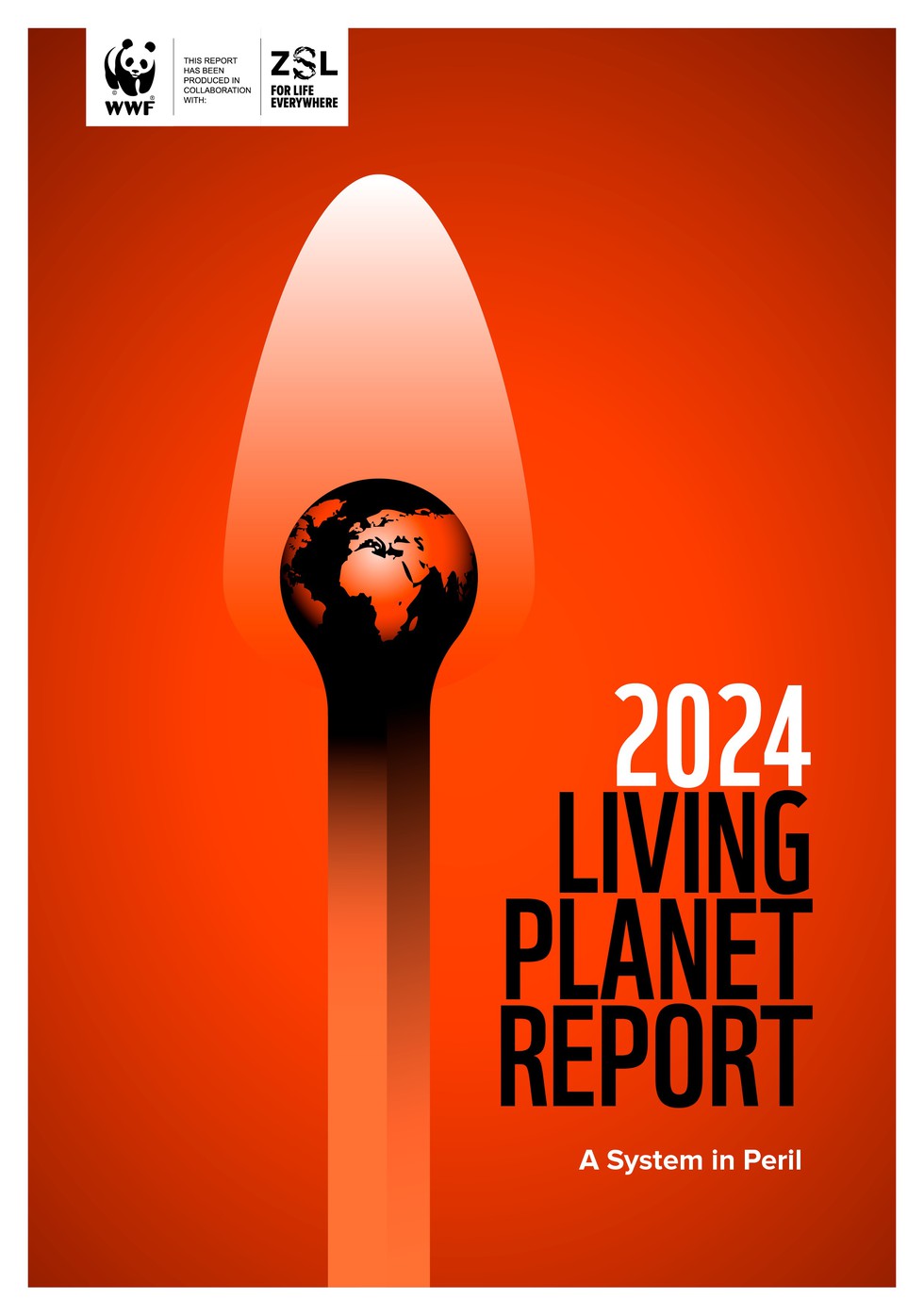
About Living Planet Report:
- It is published biennially by the World Wide Fund for Nature (WWF).
- It is a comprehensive study of trends in global biodiversity and the health of the planet.
- The Living Planet Report 2024 is the 15th edition of the report.
- The WWF uses the Living Planet Index (LPI), which tracks the average trends in wildlife populations rather than focusing on increases or declines in individual species numbers.
- By monitoring changes in species population sizes over time, the LPI serves as an early warning indicator of extinction risk and helps assess ecosystem efficiency.
Highlights of the Living Planet Report 2024
- The sharpest decline is reported in freshwater ecosystems at 85%, followed by terrestrial ecosystems at 69% and marine ecosystems at 56%.
- WWF highlighted declines in monitored animal populations around the world as follows
- Latin America and the Caribbean, where populations have dropped by 95 per cent
- Africa: 76 % decline.
- Asia-Pacific region: 60 % decline.
- Central Asia: 35% decline
- North America: 39 % decline.
- Major threats to wildlife include Habitat loss, overexploitation, climate change, pollution, invasive species, and diseases, which were the dominant drivers of the decline of wildlife.
- Habitat loss was driven by unsustainable agriculture, fragmentation, logging, mining, to name a few causes.
- Ongoing mass coral reef bleaching, affecting over 75 per cent of the world’s reefs, the Amazon rainforest, the collapse of the subpolar gyre and the melting of the Greenland and West Antarctic ice sheets are all nearing critical tipping points.
- More than half of the United Nations-mandated Sustainable Development Goals for 2030 are unlikely to meet their targets, with 30 per cent of them either already missed or worse off than their 2015 baseline.
3. LUPEX Mission
Recently, the National Space Commission, India’s apex body on space missions, cleared the fifth lunar mission, the Lunar Polar Exploration Mission.

About LUPEX Mission:
- It is a collaborative mission between the Indian Space Research Organisation (ISRO) and the Japan Aerospace Exploration Agency (JAXA).
- Objective: To explore the moon’s southern polar region, investigating the presence of water and other elements, potentially in the form of surface ice.
- It aims to showcase innovative surface exploration technologies. The special focus is on vehicular transport and lunar night survival.
- It features both a lander and a rover.
- JAXA is responsible for developing and operating the rover, and ISRO for developing and operating the lander that will carry the rover.
- The rover will drive on its own to search for areas where water is likely to be present and sample the soil by digging into the ground with a drill.
- The plan is to acquire data by analyzing the collected samples in detail with observation equipment mounted on the rover.
- The rover will be equipped with instruments for measuring the water content of regolith (lunar sand), drilling, and sampling, as well as with other world-first and world-leading technologies for the driving system and batteries.
- The rover will carry not only the instruments of ISRO and JAXA but also those of the US space agency NASA and the European Space Agency (ESA).
- The mission is scheduled to launch in 2025.
4. Red Panda
The Red Panda Program of Darjeeling’s Padmaja Naidu Himalayan Zoological Park has been selected as a finalist for the World Association of Zoos and Aquariums (WAZA) Conservation Award 2024.
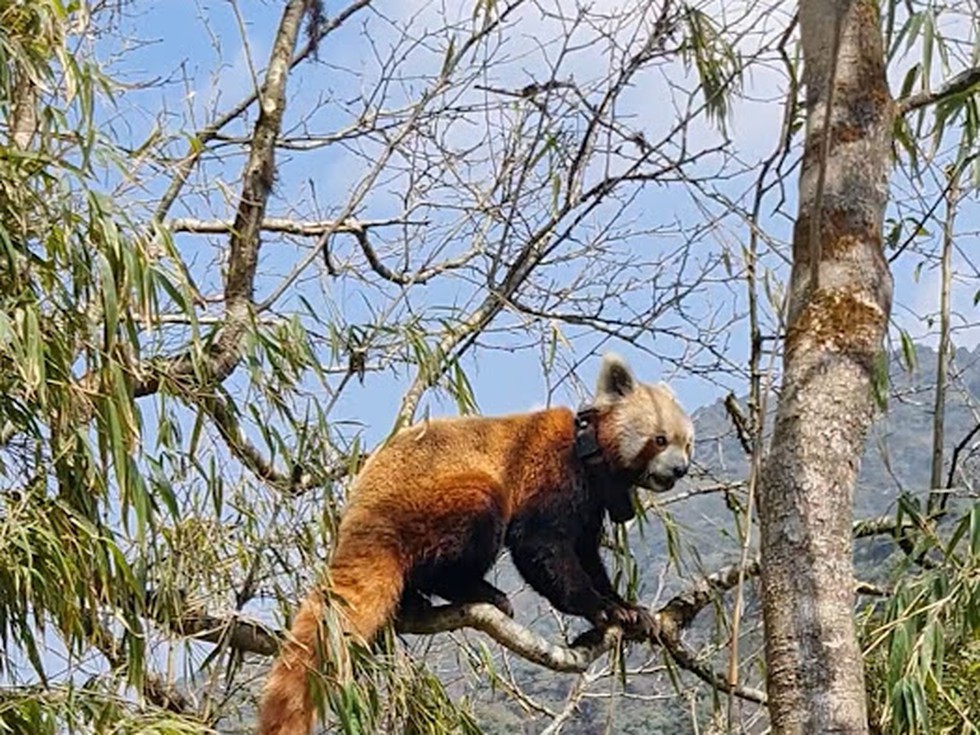
About Red Panda:
- It is primarily an herbivorous, shy, solitary and arboreal animal.
- It is considered an indicator species for ecological change.
- It uses its long, bushy tails for balance and to cover them in winter, presumably for warmth.
- Appearance:It is the size of a house cat, the red panda is famous for its cute face and adorable defense stance.
- Distribution:It lives in the mountainous forests of Bhutan, China, India, Myanmar, and Nepal. Almost 50% of their habitat is in the Eastern Himalayas.
- Conservation status
- IUCN Red List: Endangered
- CITES:Appendix I
- Wildlife Protection Act 1972:Schedule I
- Threats: The loss of nesting trees and bamboo in the Eastern Himalayas—the location of almost 50% of the red panda’s habitat—is causing a decline in red panda populations across much of their range.
5. Wayanad Wildlife Sanctuary
A two-day vulture survey that concluded in the Wayanad Wildlife Sanctuary recently has recorded the presence of 80 vultures across nine locations.

About Wayanad Wildlife Sanctuary:
- Location: It is located in Wayanad, Kerala, in the southern trenches of the Western Ghats.
- It is an integral part of the Nilgiri Biosphere Reserve, which is a UNESCO World Heritage Site.
- It is bordered by the protected areas of Nagarhole and Bandipur in Karnataka on the northeastern side and Mudumalai in Tamil Naduon the southeastern side.
- Tribes living in these forests include some scheduled adivasis, such as Paniyas, Kattunaikkans, Kurumas, Ooralis, Adiyans and Kurichiyas.
- Flora:
- It is a mosaic of the Western Ghats' significant vegetation types, ranging from moist deciduous to dry deciduous and semi-evergreen patches.
- Teak, rosewood, eucalyptus, and silver oak plantations cover roughly one-third of the sanctuary.
- Fauna:
- It is also home to animals like elephants, panthers, tigers, jungle cats, civet cats, monkeys, wild dogs, bisons, deer and bears.
- It is known for having the largest population of tigers in Kerala.
6. What is Humsafar Policy?
Aimed at providing wayside amenities along national highways, the Union Road Transport Minister recently launched ‘Humsafar Policy.
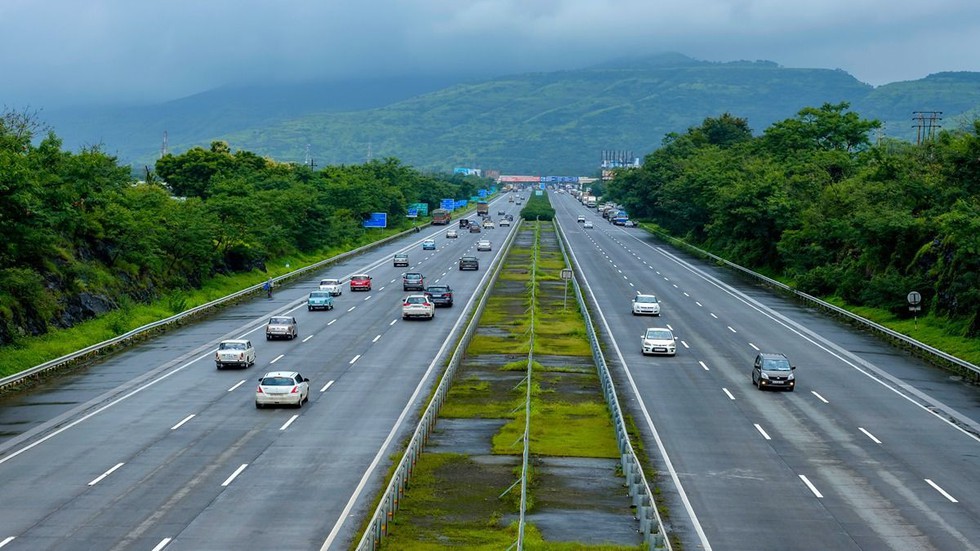
About Humsafar Policy:
- It is a comprehensive initiative aimed at enhancing facilities along India’s national highways.
- The policy seeks to improve the convenience, safety, and comfort of highway travelers by providing a wide range of services at key locations along the road network.
- Under this policy, rest stops equipped with essential amenities like clean washrooms, food courts, parking spaces, and first-aid services will be developed across major highways.
- Dedicated rooms for baby care, equipped with changing tables and other essentials, will be provided for families travelling with young children.
- It includes provisions for creating multi-utility spaces at regular intervals to cater to the diverse needs of travelers.
- These spaces will feature fuel stations, Electric Vehicle (EV) charging points, convenience stores, and other roadside services that are expected to reduce driver fatigue and improve overall road safety.
- Dormitories will be introduced at fuel stations to provide short-term accommodation for truck drivers, travellers, and those requiring a rest break during long-distance travel.
- Accessibility will be a key focus, with wheelchair provisions made available for differently-abled travellers.
- The initiative also aims to promote sustainability by incorporating green technologies, such as solar-powered facilities and EV infrastructure, contributing to India's environmental goals.
7. What is Ardetosaurus viator?
Paleontologists have identified a new genus and species of sauropod dinosaur named Ardetosaurus viator from a semi-articulated specimen found in the 1990s in northern Wyoming, the United States.
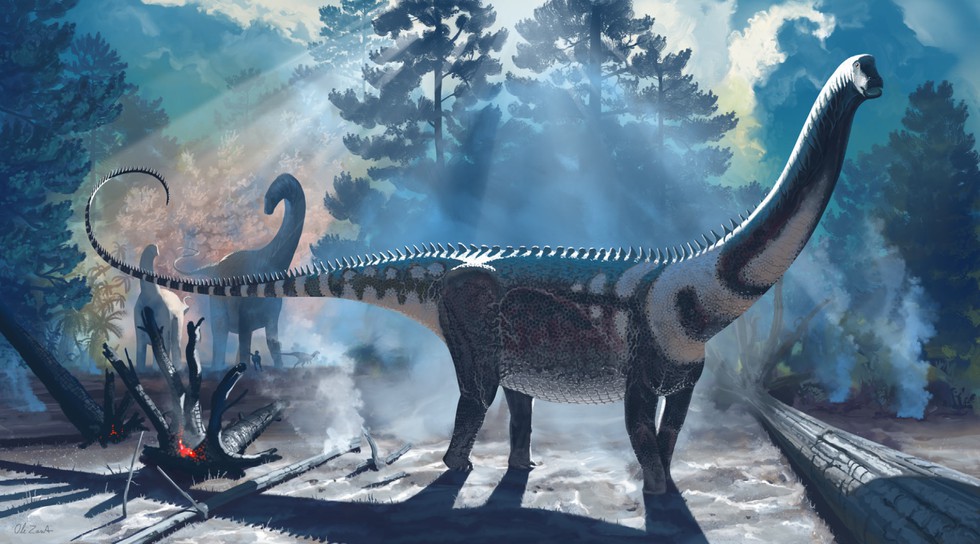
About Ardetosaurus viator:
- It is a newly discovered species of dinosaur that roamed Earth during the Late Jurassic epoch, some 150 million years ago.
- It was a type of diplodocid, a family of sauropod dinosaurs that includes some of the longest creatures ever to walk the planet.
- What are Sauropods?
- Sauropods were the largest of all dinosaurs and the largest land animals that ever lived.
- They existed for a minimum of 135 million years, from the beginning of the Jurassic 201 million years ago to the end of the Cretaceous, 66 million years.
- Sauropod remains have been found on every continent, except Antarctica.
- They are best recognized by their long necks and long tails, and their success can be attributed to their extreme size, an intricate bird-like air sac system, as well as their unique feeding and digestive strategies and oviparous reproduction.
- One of the most recognizable sauropod families is Diplodocidae.
- These sauropods are generally characterized by their extremely long necks and even longer tails.
- Diplodocids are known from North and South America, Europe, and Africa.
8. What is Myopia?
A recent analysis of studies across the world estimates that the global incidence of myopia could exceed 740 million cases in another 25 years.
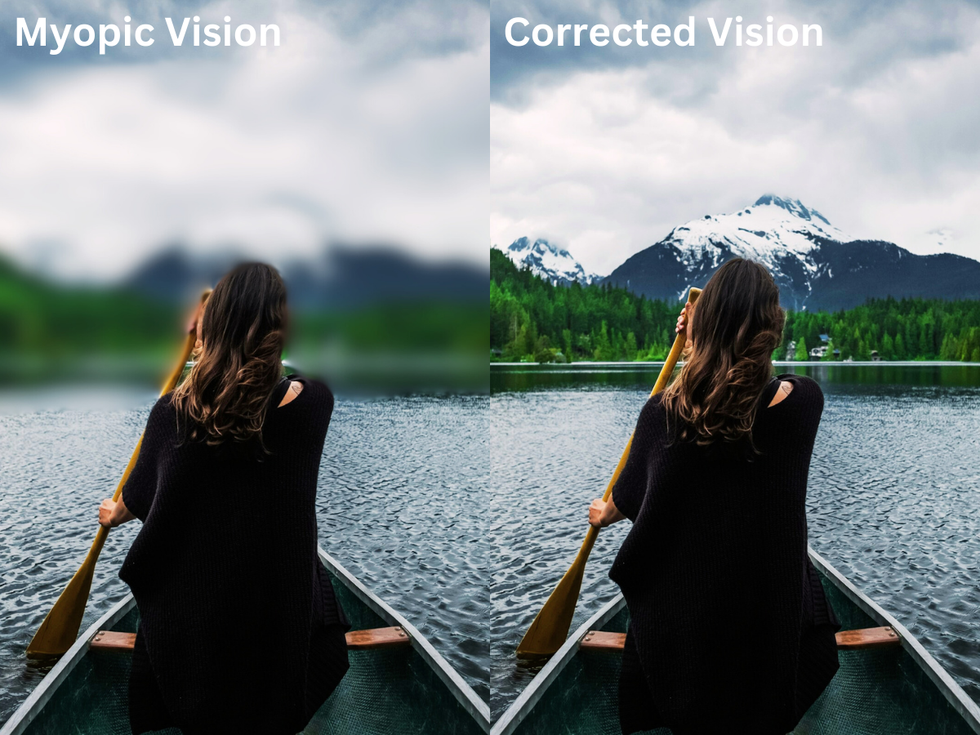
About Myopia:
- Myopia, also known as nearsightedness, is an eye condition that causes blurry distance vision.
- People who are nearsighted have more trouble seeing things that are far away (such as when driving) than things that are close up (such as when reading or using a computer).
- What causes Myopia?
- For normal vision, light passes through the clear cornea at the front of the eye and is focused by the lens onto the surface of the retina, which is the lining of the back of the eye that contains light-sensing cells.
- Nearsighted People typically have eyeballs that are too long from front to back.
- As a result, light entering the eye is focused too far forward, in front of the retina instead of on its surface.
- It is this change that causes distant objects to appear blurry.
- The longer the eyeball is, the farther forward light rays will be focused and the more severely nearsighted a person will be.
- Eye experts are still unsure of the exact cause of myopia, but believe it to be a mix of hereditary and environmental factors.
- Nearsightedness usually begins in childhood or adolescence.
- It tends to worsen with age until adulthood, when it may stop getting worse (stabilize). In some people, nearsightedness improves in later adulthood.
- Symptoms: Nearsightedness can lead to squinting, eyestrain, headaches, and significant visual impairmen
- Treatment:
- Glasses or contact lenses can correct myopia in children and adults.
- For adults only (with rare exceptions for children), several types of refractive surgeries can also correct myopia.
- Negative (minus) powered lenses are used to correct nearsightedness.
9. What is Footrot Disease?
The footrot disease is killing the sheep and goats of Gaddi shepherds in Himachal Pradesh.
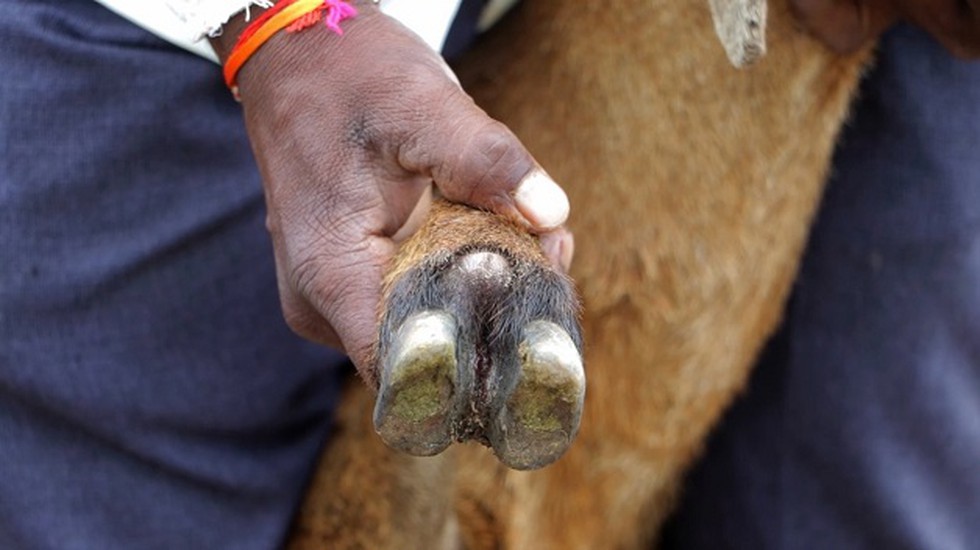
About Footrot Disease:
- It is a highly contagious disease affecting the interdigital (between the toes) tissue of ruminants.
- It is one of the most common causes of lameness in cattle and sheep and can result in serious economic loss.
- Once present in a herd/flock, footrot can be very difficult to control.
- Causative Agent: It is caused by the Dichelobacter nodosus bacteria in association with a number of other bacteria.
- Transmission:
- Feet infected with D. nodosus serves as the source of infection for other cattle by contaminating the environment.
- Infectious agents gain entry through the skin as a consequence of injury caused by sharp pieces of stone, metal, wood, stubble, or thorns.
- Footrot tends to be seasonal, with the highest incidence occurring during the wet seasons.
- Symptoms: Expression of virulent footrot disease includes:
- chronic and severe lesions
- lameness
- loss of production
- death, in severe cases.
- Treatment:
- The interdigital tissue should be cleaned, debrided, and disinfected.
- One antibiotic treatment is usually adequate if administered on the first day of the disease.
- Recovery is generally observed in three to four days.
10. Key Facts about Katkari Tribe
Over 550 people from the Katkari tribe were recently given caste certificates in a special ceremony held at Male village, Pune.
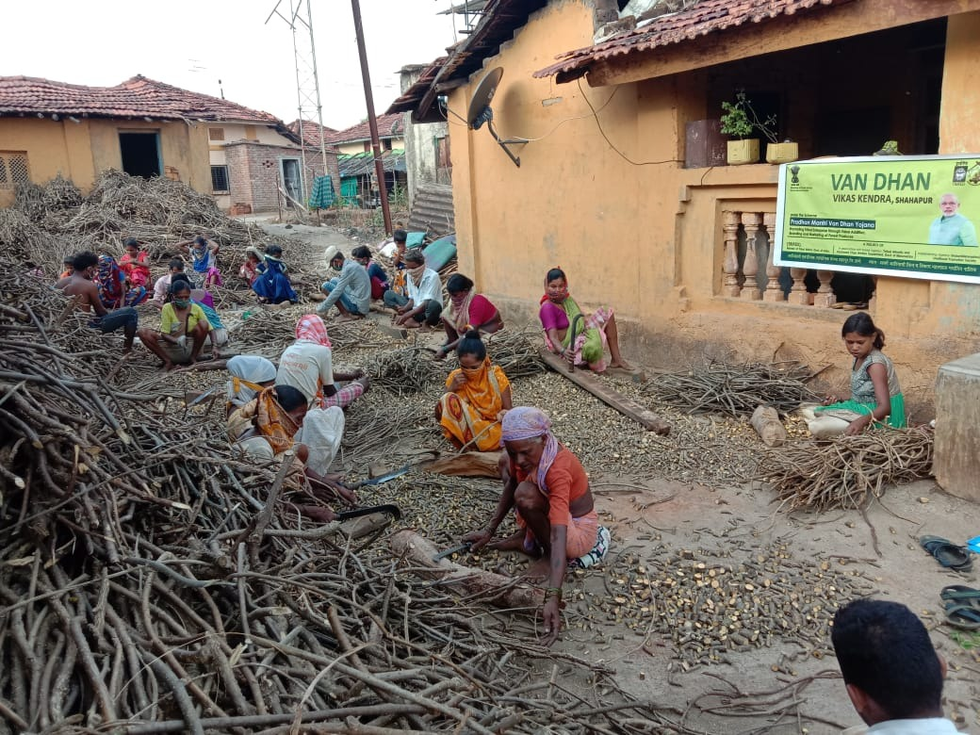
About Katkari Tribe:
- It is a primitive tribe found in Maharashtra (Pune, Raigad and Thane districts) and parts of Gujarat.
- It is one of the 75 Particularly Vulnerable Tribal Groups (PVTGs) in India.
- They were historically forest dwellers.
- Katkaris are also known as Kathodis because of their old occupation of making Katha (Catechu), the thickened sap from the wood of Khair (Acacia catechu).
- Language: They are bilingual, speaking the Katkari language amongst themselves and Marathi with others. A few of them speak Hindi as well.
- Occupation:
- They serve as agricultural labourers and sell firewood and some jungle fruits.
- They also take up fishing for domestic consumption, coal making, and brick manufacturing.
- They have tremendous knowledge about uncultivated foods like fish, crabs, animals, birds, tubers/rhizomes, wild vegetables, fruits, nuts, etc.
- A majority of the Katkari families are landless. The landless rate of 87% among the Katkari is much higher than 48% for rural households in India as a whole.
- As a result of landlessness, migration is rampant, and livelihoods are seasonal.


























































































































































.png)
.png)
.png)
.png)
.png)


.png)
.png)
.png)





.png)
.png)






.png)
.png)
.png)
.png)
.png)
.png)
.png)
.png)
.png)

.png)







.png)
.png)


.png)
.png)
.png)


.png)

.png)
.png)





.jpg)

.png)
.png)


.png)

.png)
.png)
.png)

.jpg)

.jpg)


.png)

.png)
.png)
.png)
.png)
.png)
.png)
.png)
.png)
.png)
.png)




.png)

.png)





.png)
.png)
.png)
.png)
.png)
.png)
.png)
.png)
.png)
.png)
.jpg)
.jpg)

.png)
.png)
.png)
.png)
.png)
.png)
.png)
.png)
.png)
.png)
.png)
.png)
.png)
.png)
.png)
.png)
.png)
.png)
.png)
.png)
.png)
.png)



.png)
.png)

.jpg)
.jpg)


.jpg)
.jpg)
.jpg)
.jpg)
.jpg)

.jpg)








.jpg)
.jpg)
.jpg)
.jpg)
.jpg)

















.jpg)
.jpg)







.jpg)


















.jpg)
.jpg)






























































































.jpg)
.jpg)


























.jpg)

.jpg)










.jpg)








.jpg)




.jpg)










.jpg)


















.jpg)












































.jpg)














.jpg)
.jpg)
.jpg)





.jpg)

.jpg)
.jpg)





































































.jpg)


































.jpg)
.jpg)
















































.jpg)












.jpg)


.jpg)




.jpg)
.jpg)
.jpg)

.jpg)
.jpg)
.jpg)
.jpg)

.jpg)
.jpg)
.jpg)

.jpg)
.jpg)
.jpg)
.jpg)
.jpg)
.jpg)
.jpg)
.jpg)

.jpg)


.jpg)
.jpg)
.jpg)
.jpg)
.jpg)
.jpg)
.jpg)
.jpg)
.jpg)
.jpg)











.jpg)
.jpg)





.jpg)
.jpg)
.jpg)
























.jpg)
























.jpg)









.jpg)
.jpg)







.jpg)
.jpg)









































.jpg)
.jpg)
.jpg)
.jpg)
.jpg)

.jpg)
.jpg)
.jpg)
.jpg)
.jpg)


.jpg)
.jpg)
.jpg)
.jpg)
.jpg)

.jpg)
.jpg)
.jpg)
.jpg)
.jpg)
.jpg)
.jpg)
.jpg)
.jpg)
.jpg)
.png)

.png)
.png)

.png)
.png)
.png)
.png)


.jpg)
.jpg)

.jpg)
.jpg)
.jpg)

.png)
.png)
.png)
.png)
.png)
.png)
.png)

.png)
.png)
.png)
.png)
.png)
.png)
.png)
.png)
.png)
.png)





































































-min.png)



.png)




.png)








































